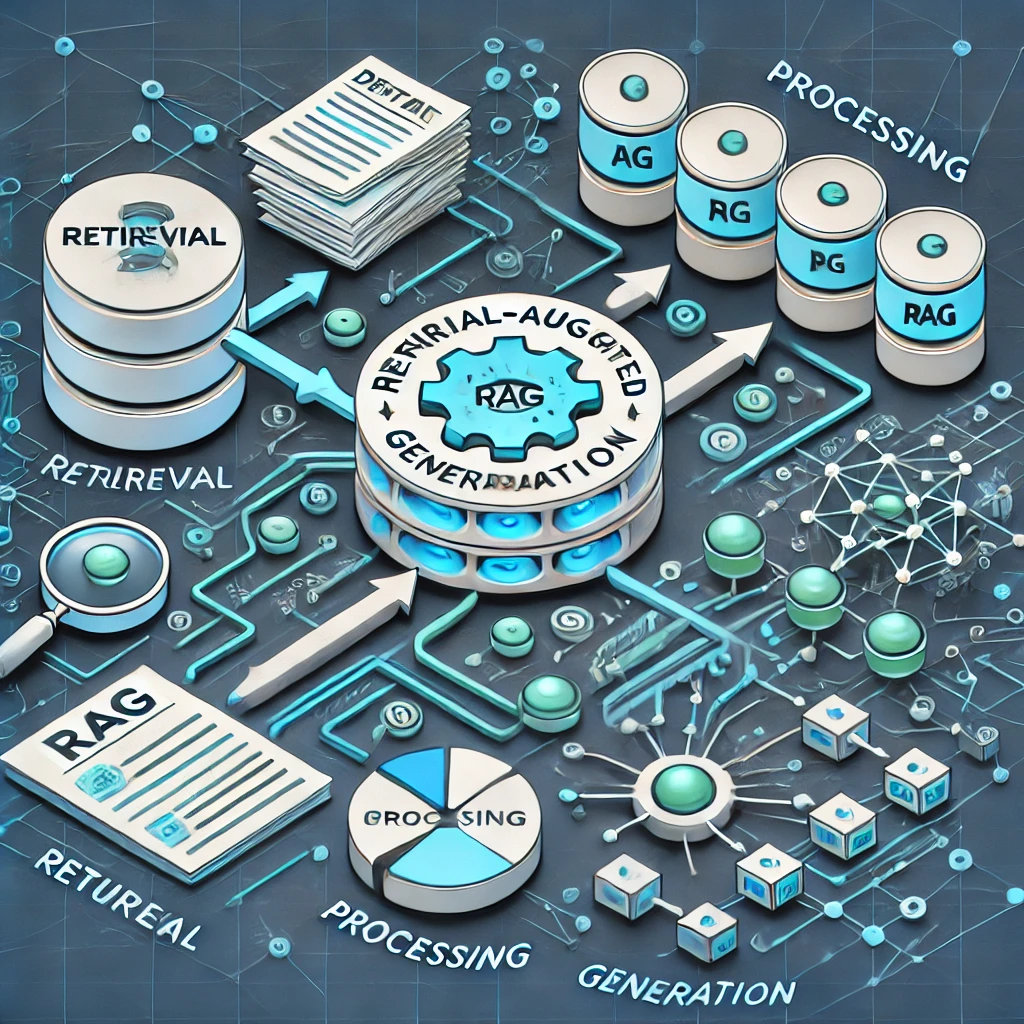Summary
Retrieval-Augmented Generation (RAG) is a cutting-edge AI technique that combines information retrieval and natural language generation to create contextually accurate and relevant responses. This guide provides a detailed approach to implementing RAG in your projects, covering essential tools, techniques, key points, examples, comparisons, and potential pitfalls.
Introduction
Retrieval-Augmented Generation (RAG) is revolutionizing the AI landscape by bridging the gap between information retrieval and natural language generation. By leveraging vast repositories of data and sophisticated generative models, RAG systems can produce responses that are not only contextually relevant but also accurate and informative. This article will guide you through the process of implementing RAG in your projects, ensuring you harness its full potential.
Key Points
- Understanding RAG: Basics of how RAG combines retrieval and generation.
- Selecting the Right Retrieval Mechanism: Importance of choosing appropriate databases and retrieval algorithms.
- Integrating Generative Models: Tips for selecting and fine-tuning generative models like GPT-3.
- Combining Retrieval and Generation: Techniques for seamlessly integrating both components.
- Evaluation and Fine-Tuning: Methods for evaluating the performance and improving the accuracy of RAG systems.
- Tools and Frameworks: Overview of popular tools and frameworks for implementing RAG.
Examples
Example 1: Enhancing Customer Support with RAG
- Scenario: A customer support chatbot that uses RAG to provide accurate and context-specific answers by retrieving relevant information from a knowledge base and generating coherent responses.
- Implementation: Combining a retrieval mechanism to fetch relevant FAQs and a generative model to formulate detailed and context-aware answers.
Example 2: Academic Research Assistant
- Scenario: An academic research assistant tool that uses RAG to help researchers find and summarize relevant academic papers.
- Implementation: Integrating a retrieval system to search academic databases and a generative model to summarize the findings in a readable format.
Comparison Table
| Aspect | Traditional AI Models | Retrieval-Augmented Generation (RAG) |
|---|---|---|
| Contextual Relevance | Limited | High |
| Accuracy | Variable | High (due to retrieval component) |
| Complexity | Moderate | Higher (due to integration of components) |
| Response Time | Fast | Slightly Slower |
| Implementation Effort | Moderate | Higher |
Warnings
- Data Privacy: Ensure that the retrieval mechanisms comply with data privacy regulations, especially when dealing with sensitive information.
- Computational Resources: RAG implementations can be resource-intensive, requiring significant computational power for both retrieval and generation components.
- Bias and Fairness: Be cautious of biases in the retrieval data and the generative model. Regularly evaluate and mitigate any biases to ensure fair and unbiased responses.
Conclusion
Implementing Retrieval-Augmented Generation (RAG) in your projects can significantly enhance the accuracy and relevance of AI-generated responses. By carefully selecting the right tools and techniques, and being mindful of potential challenges, you can leverage RAG to build intelligent and context-aware AI systems. Whether you are developing customer support bots, academic research assistants, or any other AI application, RAG offers a powerful approach to deliver superior performance and user satisfaction.

Leave a Reply